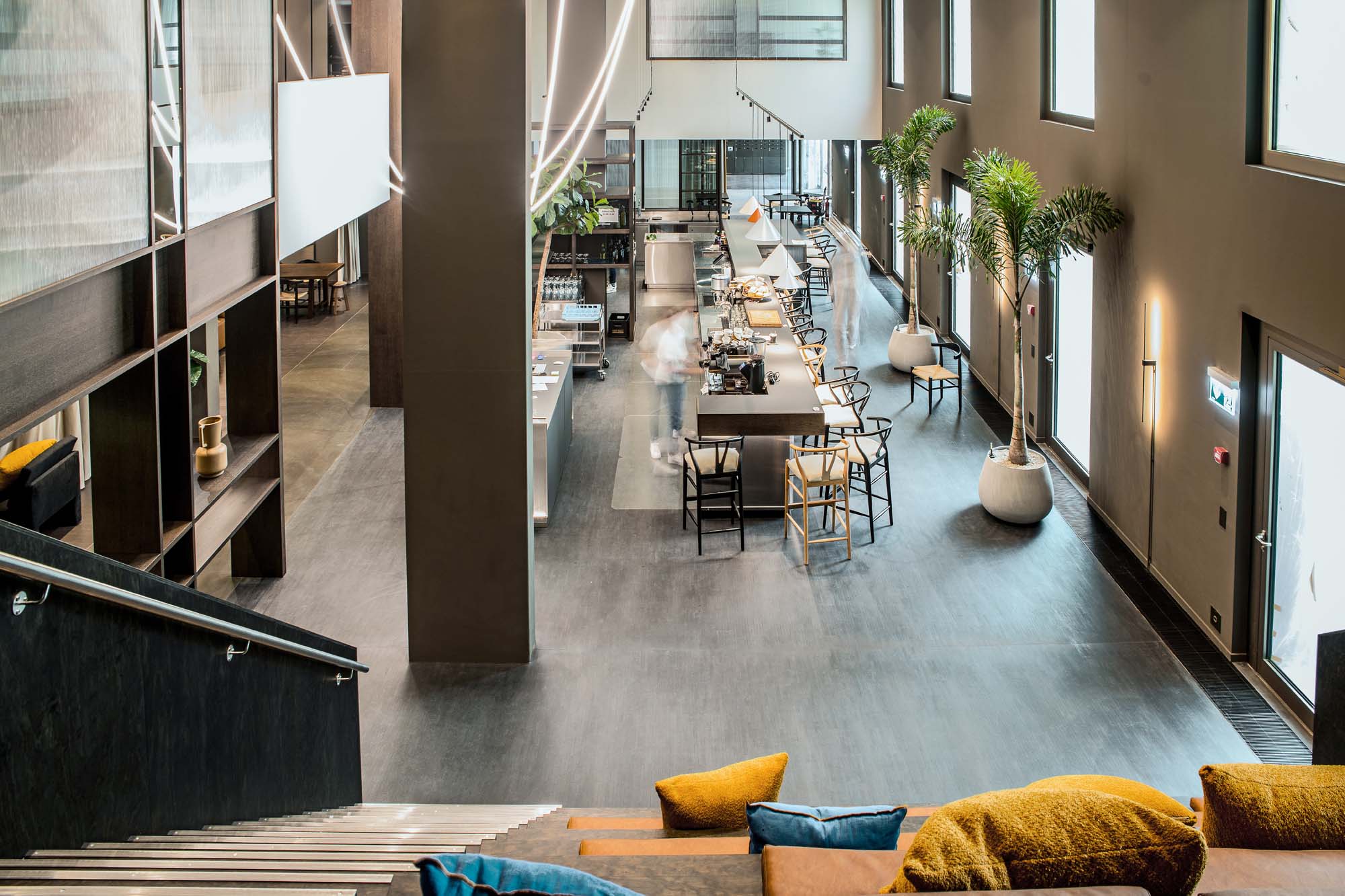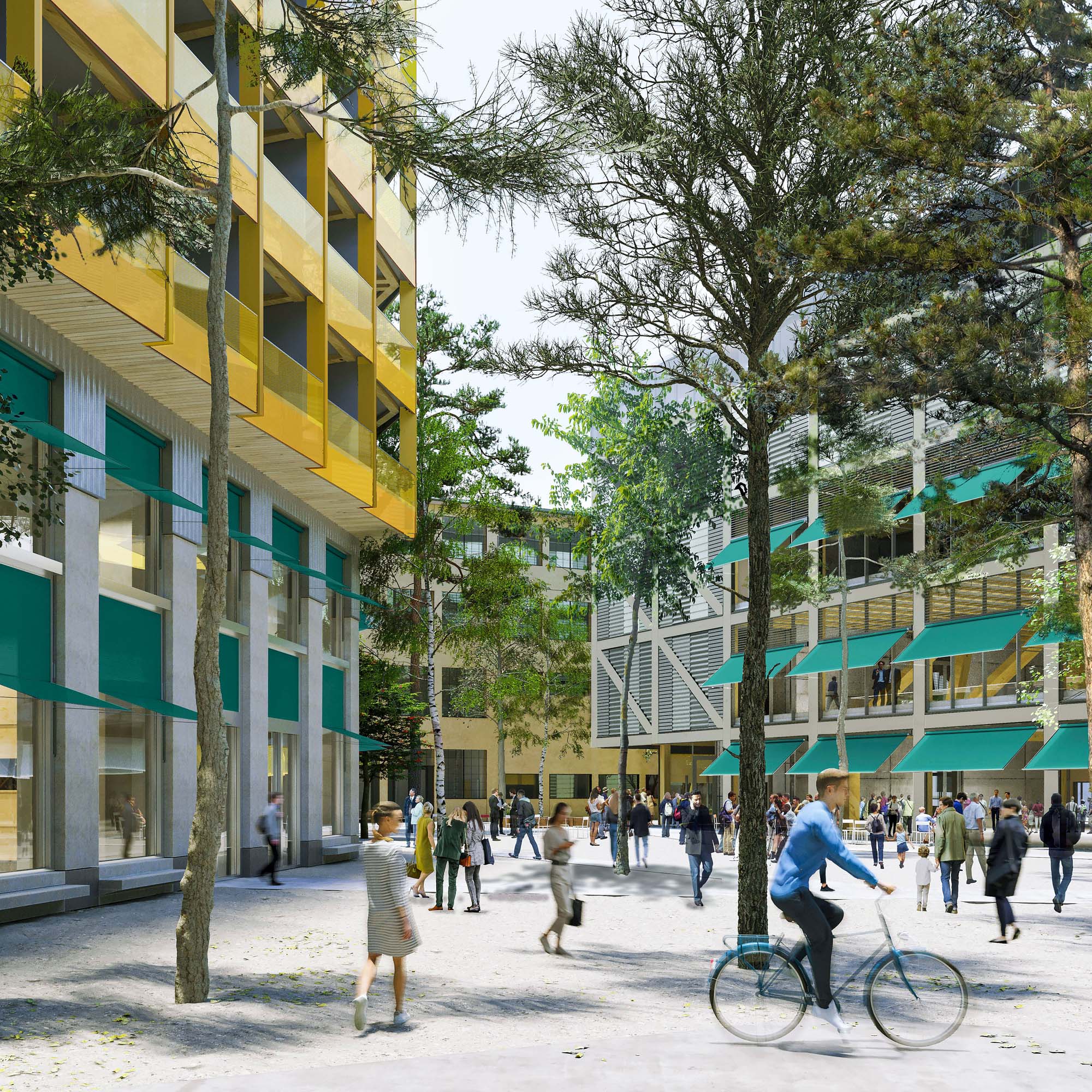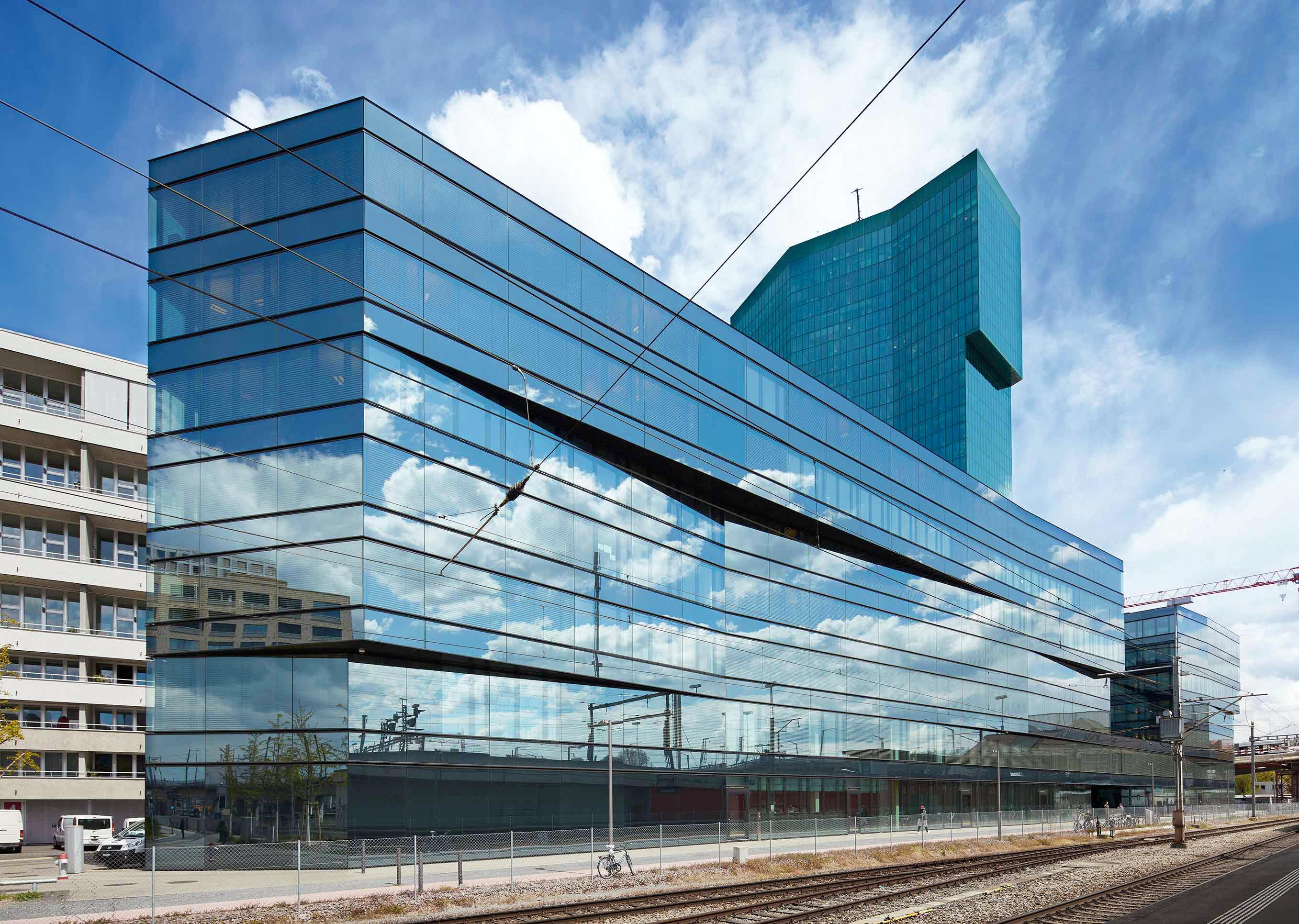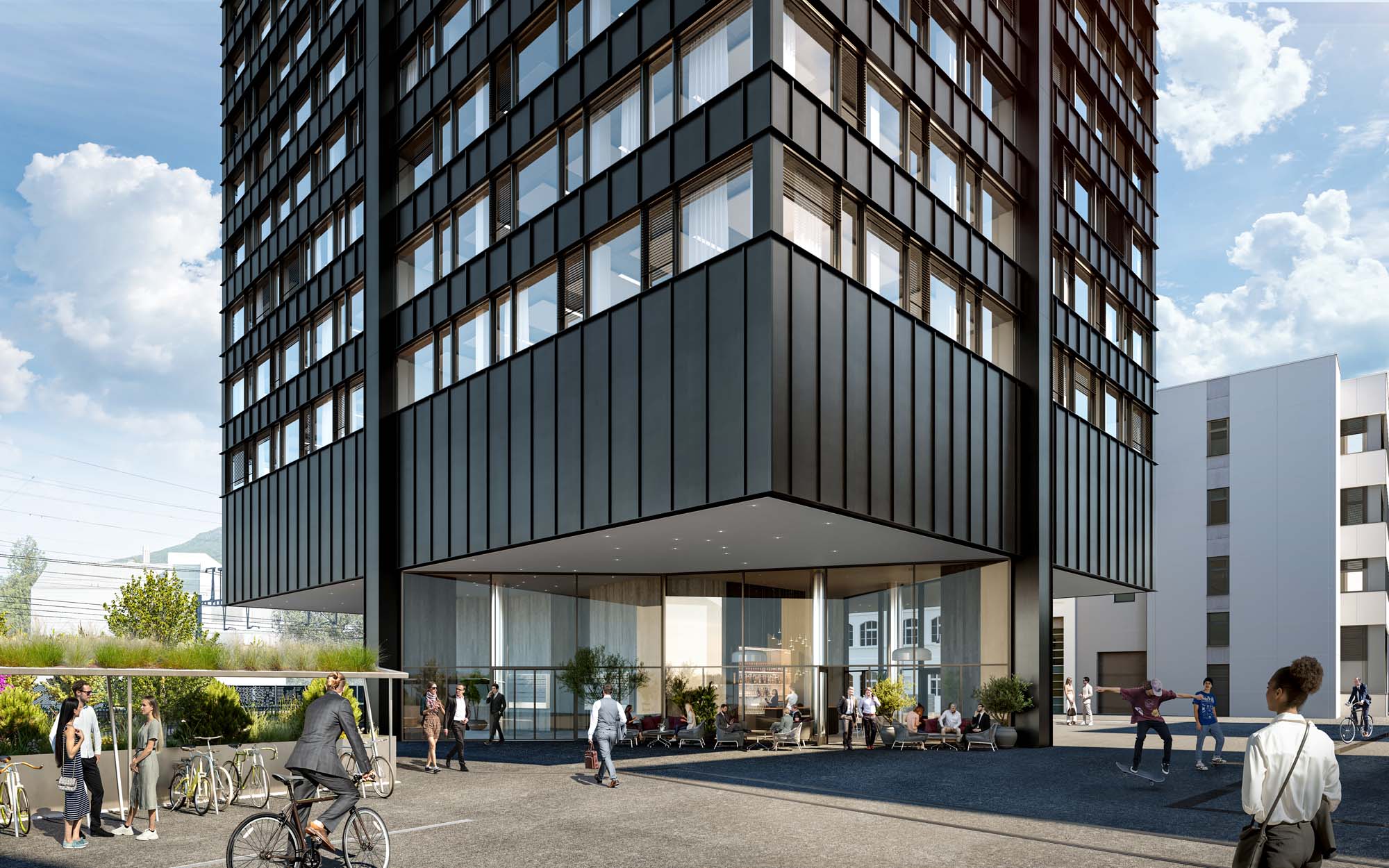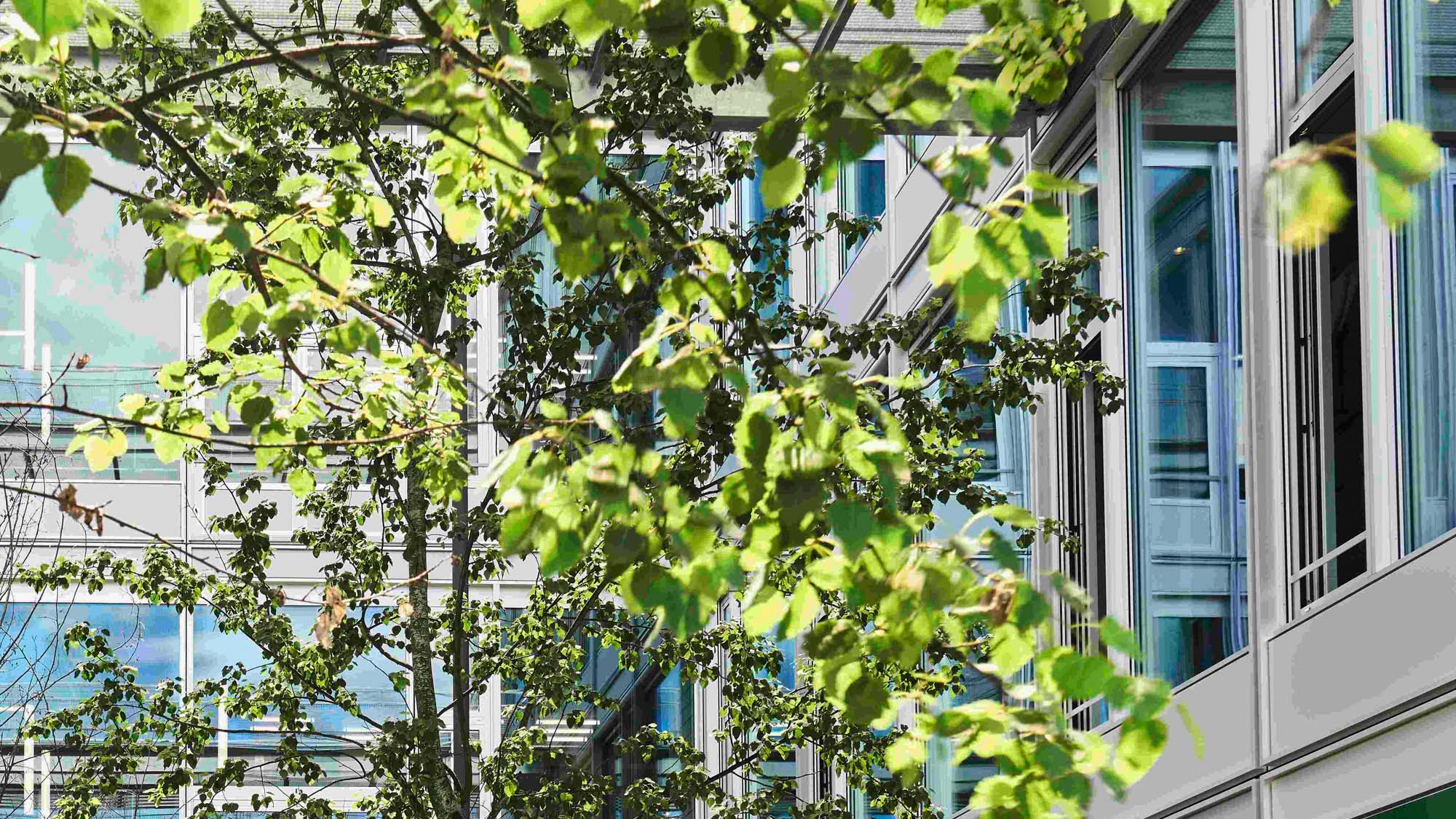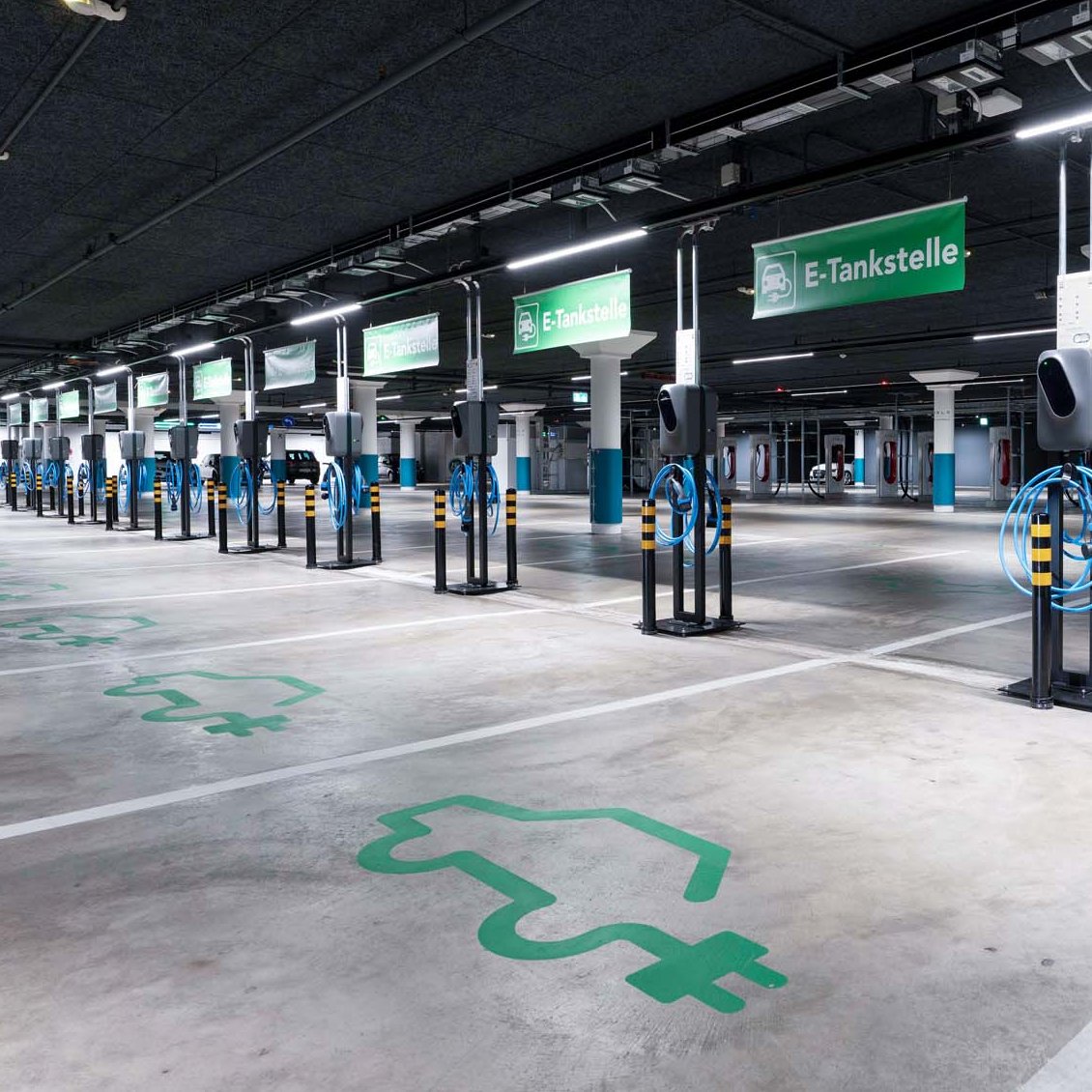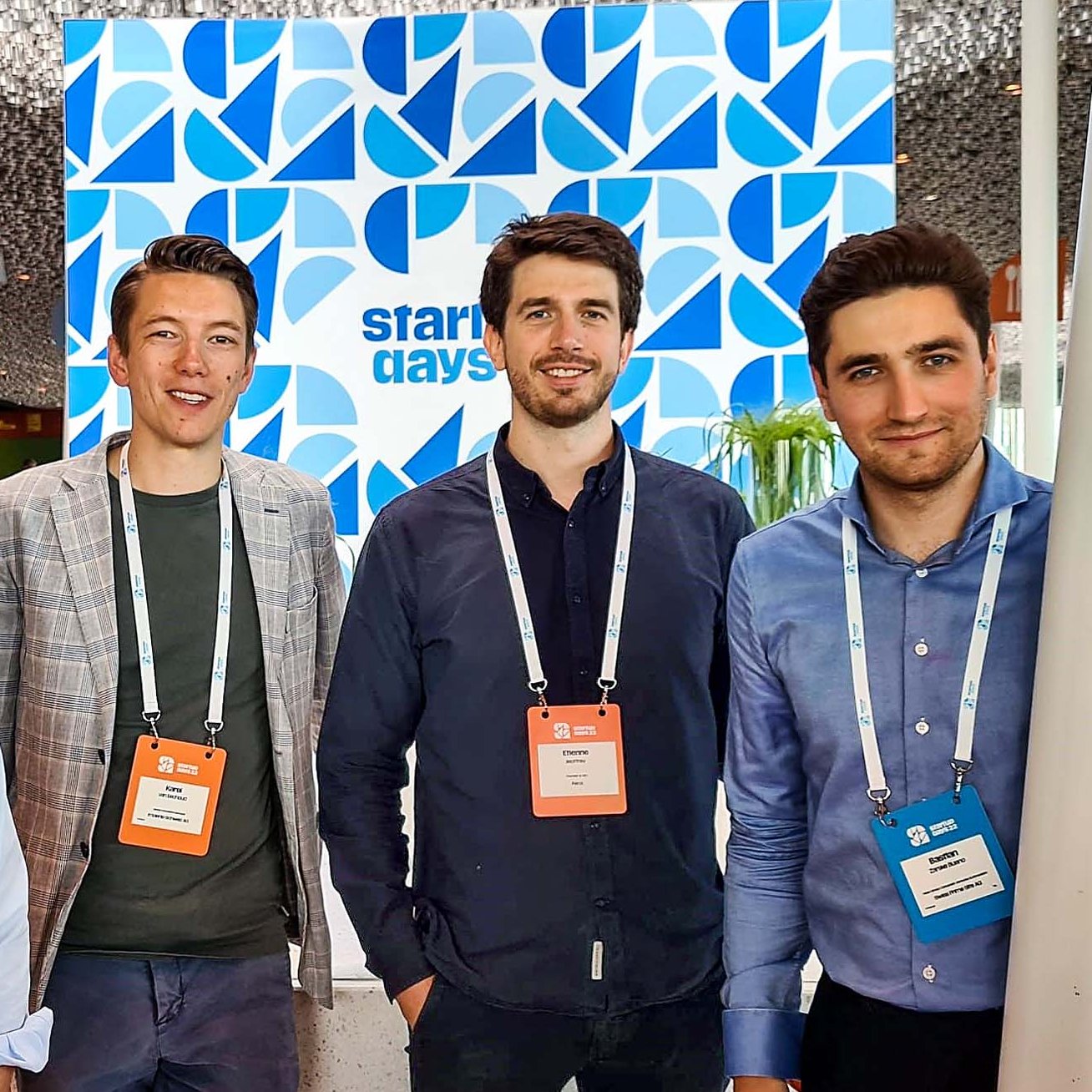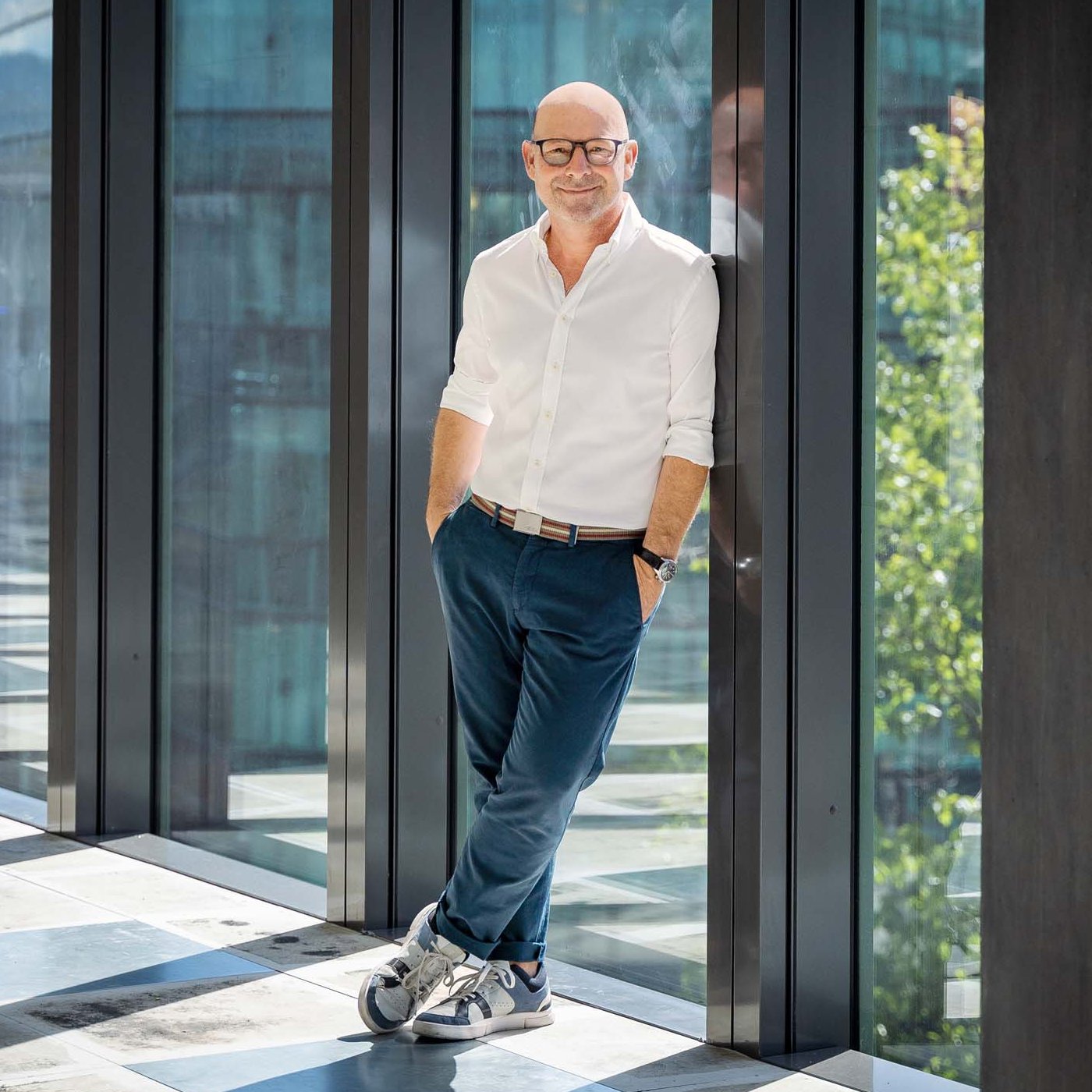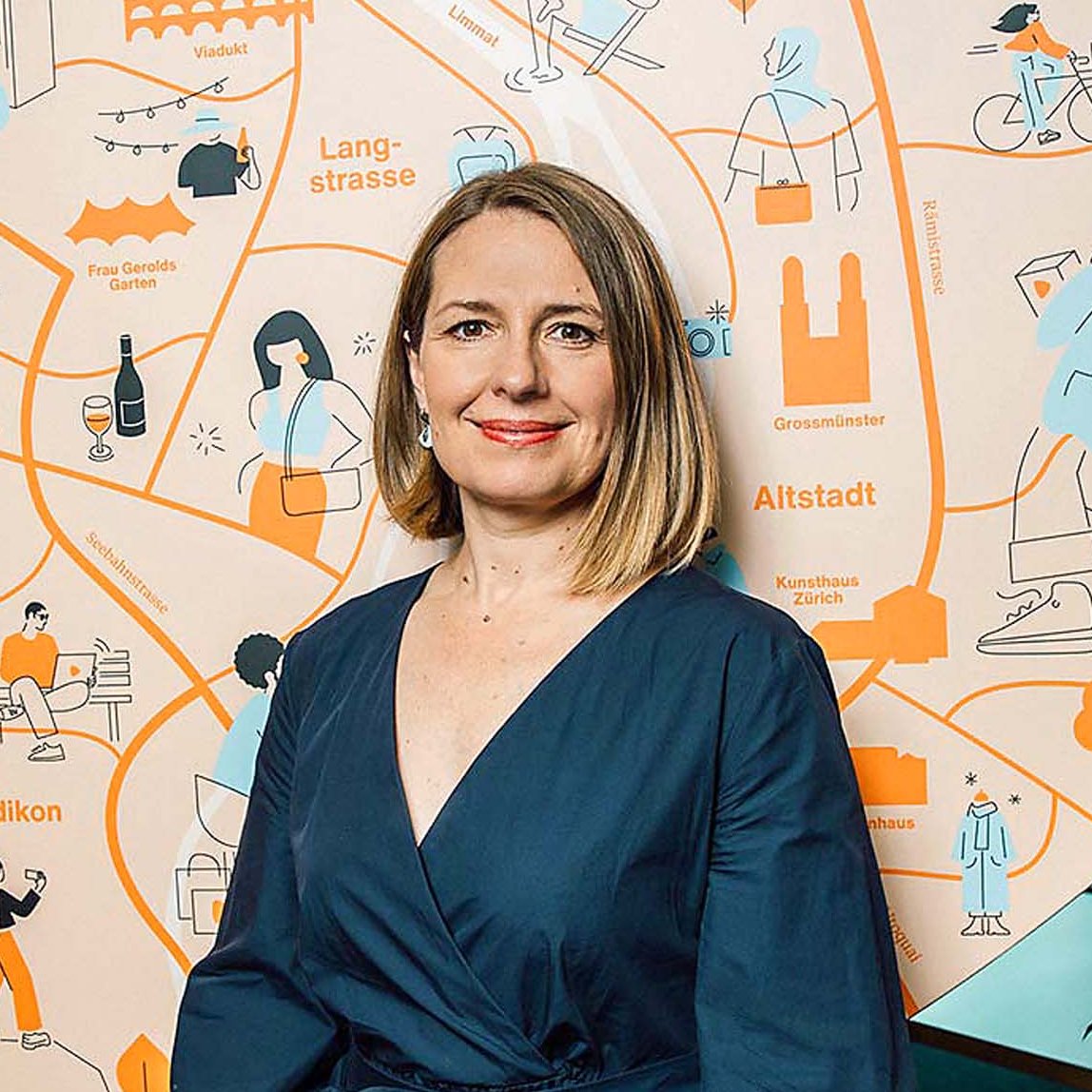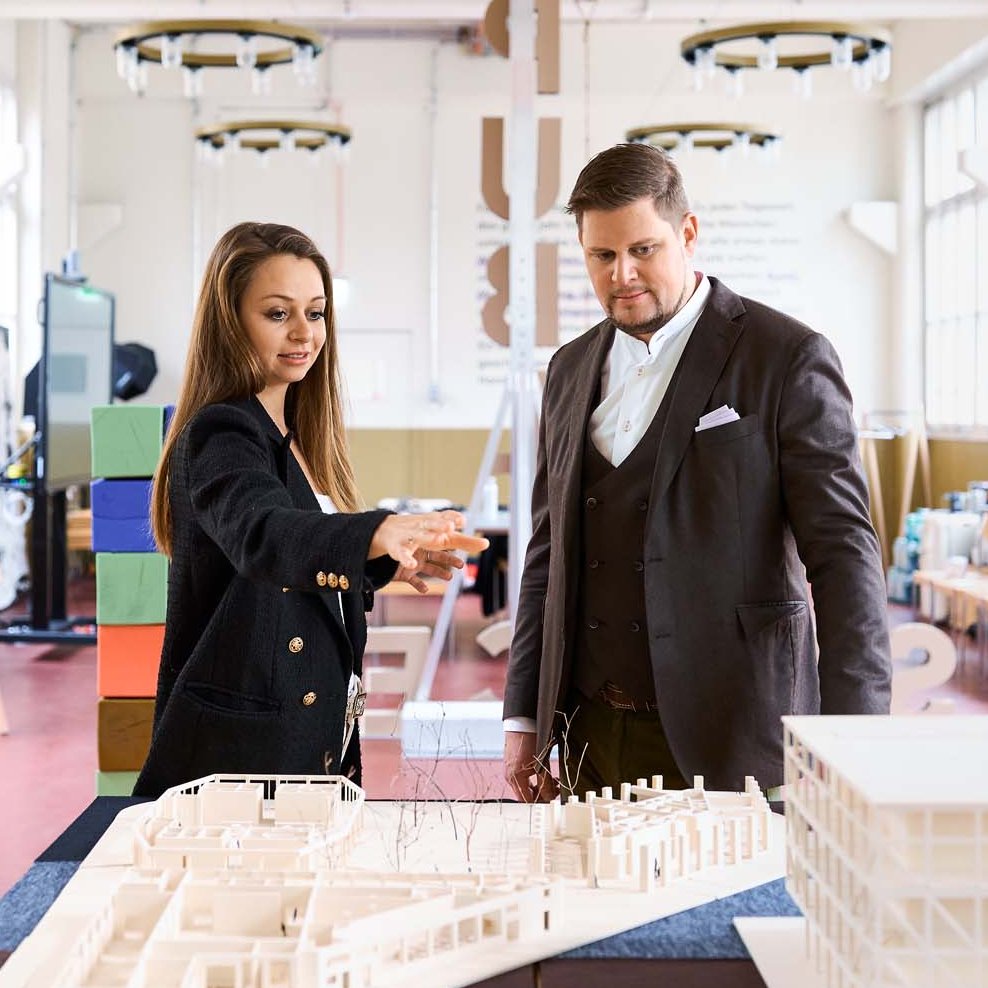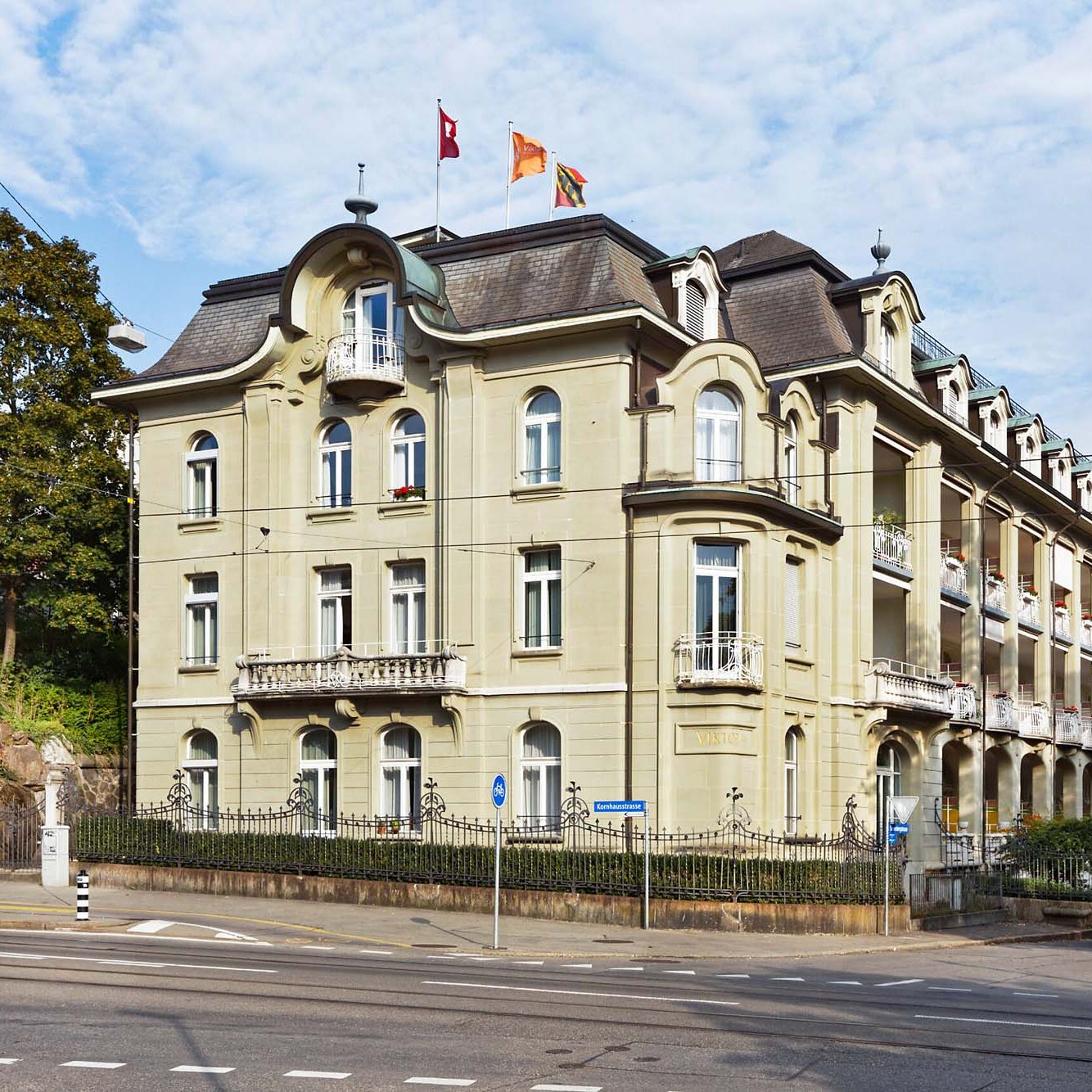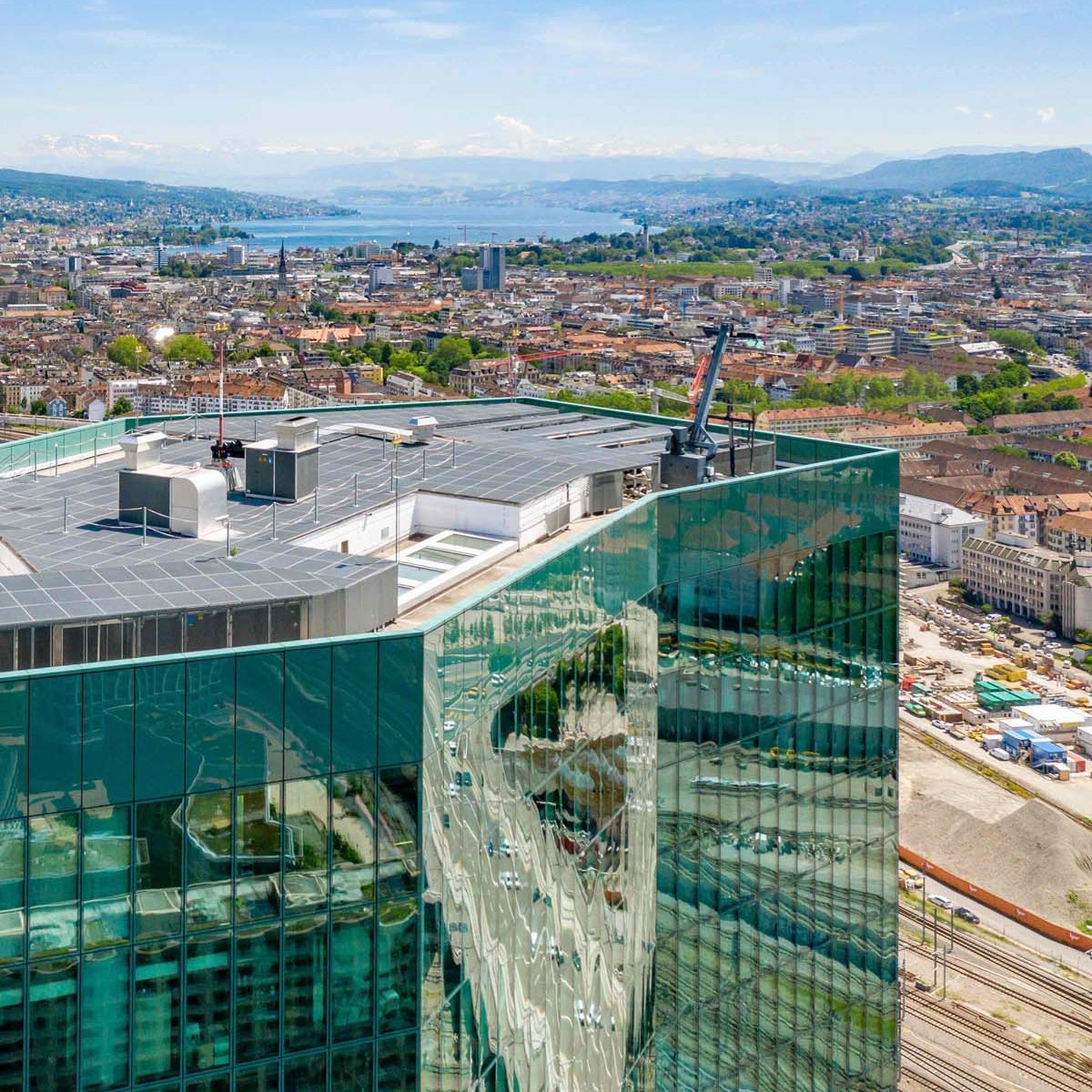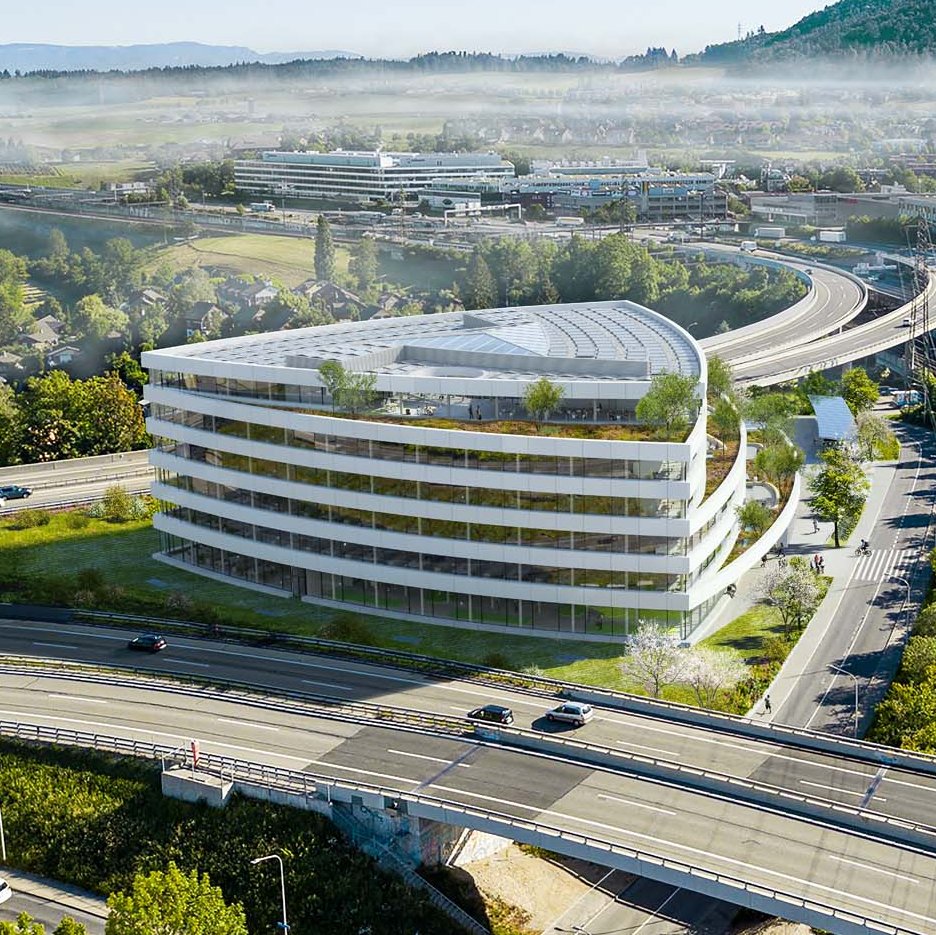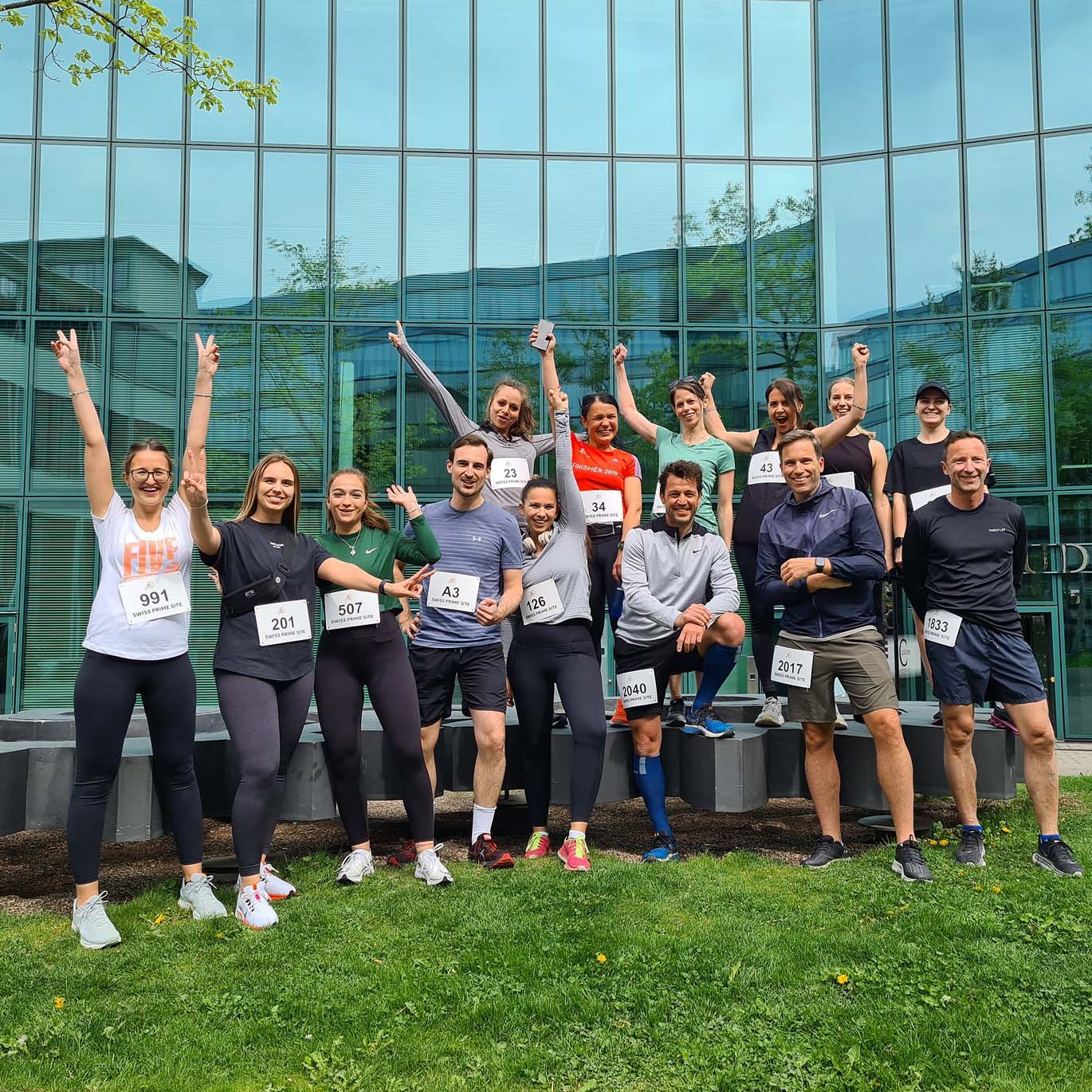Building designs for the next generation
Millennials – the new clientele
Millennials now constitute more than a quarter of the workforce. By 2025 three quarters of the working population will have been born between 1980 and 2000. Reason enough to engage with Generation Y and develop new products to meet their needs. Most millennials grew up around the internet and mobile communications. That makes them a substantial part of the technological revolution driving the transformation now sweeping across every part of our society and economy. Both in the industrial and the service sector, whether they are employees or work for themselves, the expectations they place on their working environment are completely different from those of earlier generations. Floorspace and rental arrangements must be flexible and modifiable at short notice. Buildings must not only accommodate but actively support shared and community activities. As company decision makers, project managers or start-up founders millennials are placing new demands on the entire real estate sector. They also represent a huge market opportunity. How is the real estate sector responding to these fundamental changes to its markets? Is it close enough to its clients and sufficiently curious about how their needs are evolving? Does its have enough creativity and regulatory freedom to develop new offerings?
Having the courage to create new products and processes
In order to create new products and services, the real estate sector will have to venture onto new ground. That includes questioning the status quo. To understand its clients better, it will need to start learning fast. The focus needs to switch from managing construction projects to configuring supply. Only when the property development process has been actively and strategically focused on the client will it be possible to design convincing offerings. Simple, highly flexible building structures which can be adapted to multiple uses offer enormous potential to create differentiated products offering genuine value for money. As value chains are transformed, frugal innovation will make it possible to create sustainable and scalable business models, in the real estate sector and elsewhere. Maximum utility for future tenants needs to be developed from scratch and communicated as such. Success in designing and delivering products for today’s and tomorrow’s generations will require agile project management and highly flexible project-execution processes, with all involved parties working closely together from the start.
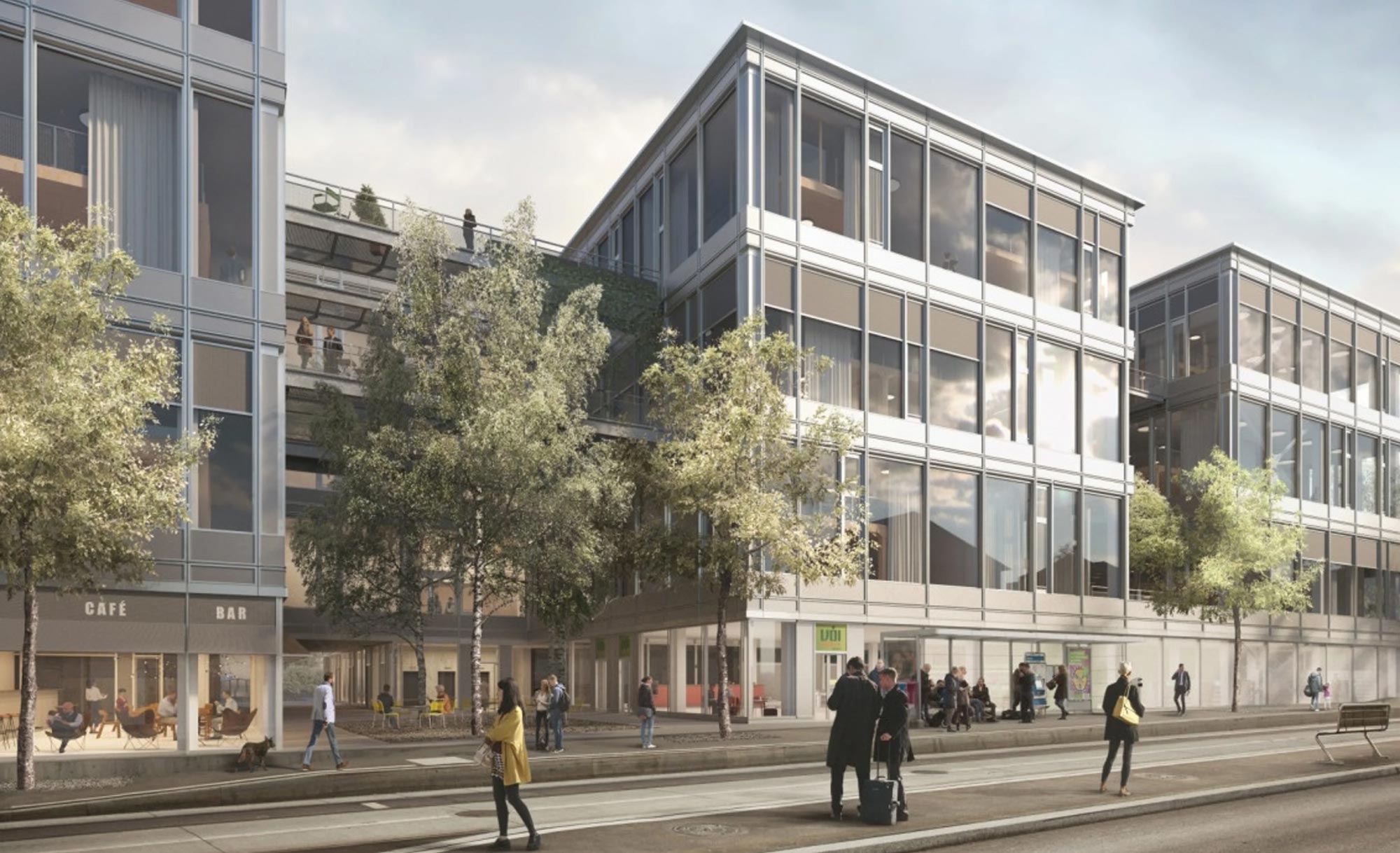
Thinking in broader dimensions
An additional challenge facing anyone wishing to design buildings with long-term viability and thus greater market appeal is the ever increasing quantity of instruments, norms, directives and laws governing the planning and construction of private and public buildings. Switzerland’s current zoning regulations are partly based on the objective of keeping commercial and industrial premises, which were originally established in towns decades ago, separated from residential areas. The objective now must be to relax these strict distinctions, because given the way in which the manufacturing and service sectors are merging with each other, millennials increasingly tend to live where they work and vice versa. A modern urban and spatial planning regime in which the use to which buildings are put could be freely determined would not only alleviate pressure on our transport infrastructure, but would also bring new life to districts within and on the outskirts of urban areas. Broad-based debate between the representatives of the interested parties would shed much-needed light on their various needs and expectations. The priority now is to resist the conventional reflex of wishing to avoid risks, to be receptive to what the millennials have to say and to reflect together on the opportunities that are presenting themselves.
Shorter life cycles, greater flexibility
The development of new forms of employment and collaboration also has direct spatial consequences. Future real estate offerings will need to be more comprehensive and flexible. They will need to take many forms and be able to do more. The design, marketing, construction and operation of a building can be planned and executed faster. Making sustainable use of scarce land resources means developing sites in such a way that new products which are better suited to the needs of future tenants can be delivered at ever shorter intervals. That is why buildings with shorter useful lives are more appropriate to current market needs.
Self-fulfilment trumps material wealth
Generation Y rates self-fulfilment higher than material wealth. Its members expect flexibility and freedom of maneouvre. They are willing to work, keen to advance and have high expectations. It is essential that Swiss Prime Site Immobilien engage with this client group. The key thing millennials expect from all market participants, both from the investment community and the public sector, is innovation. That is what will enable them to fulfil their ambitions. Because innovation always involves venturing into new territory, this also means that everyone will have to take greater risks in order to create successful new real estate offerings. For those risks to be seen as opportunities, both the authorities and the real estate sector will need to act courageously.
The unabridged original German from Severin Boser text can be found under the title «Achtung: Millennials!» in the special Real Estate Days edition of the Neue Zürcher Zeitung published on 8 November 2017.
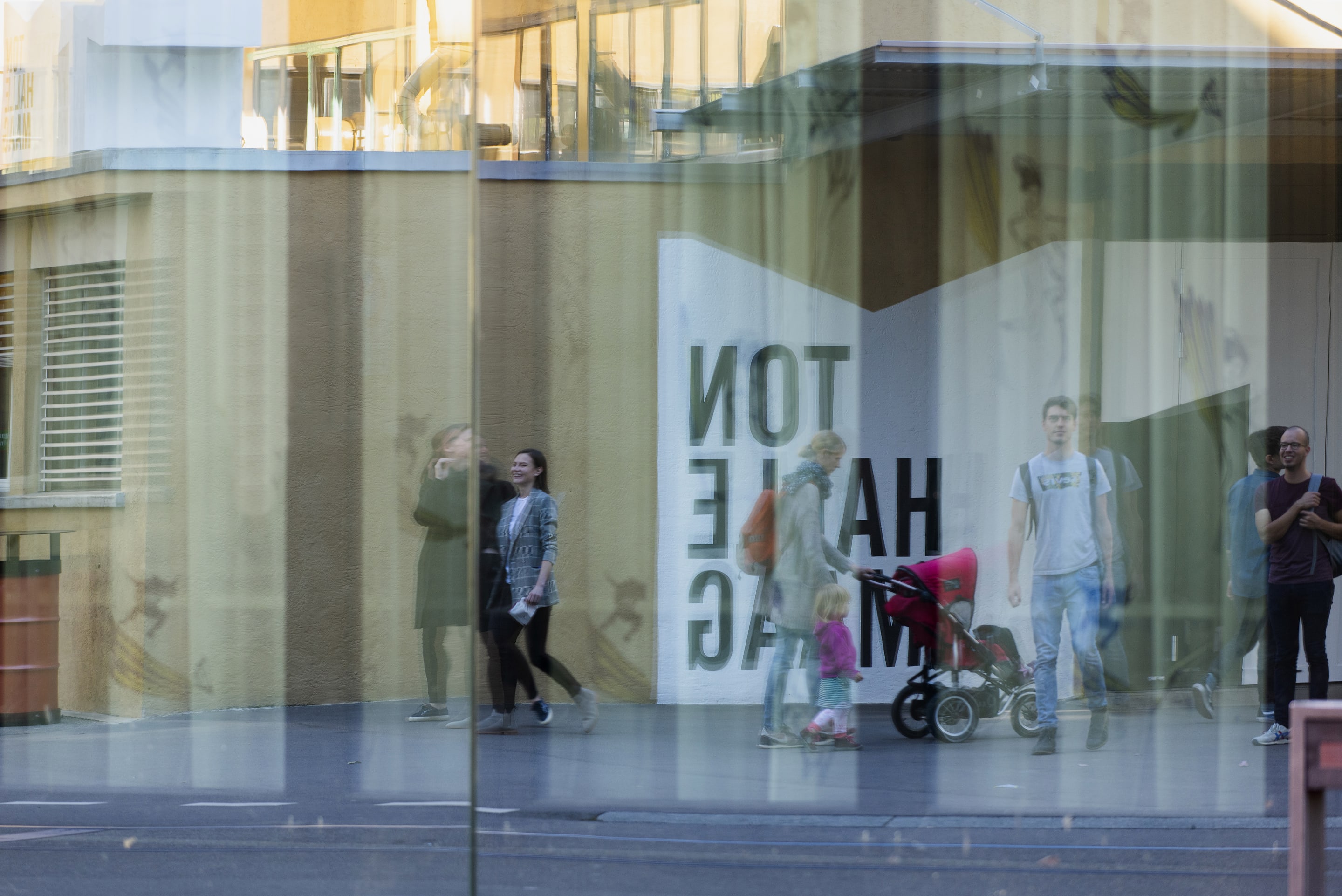
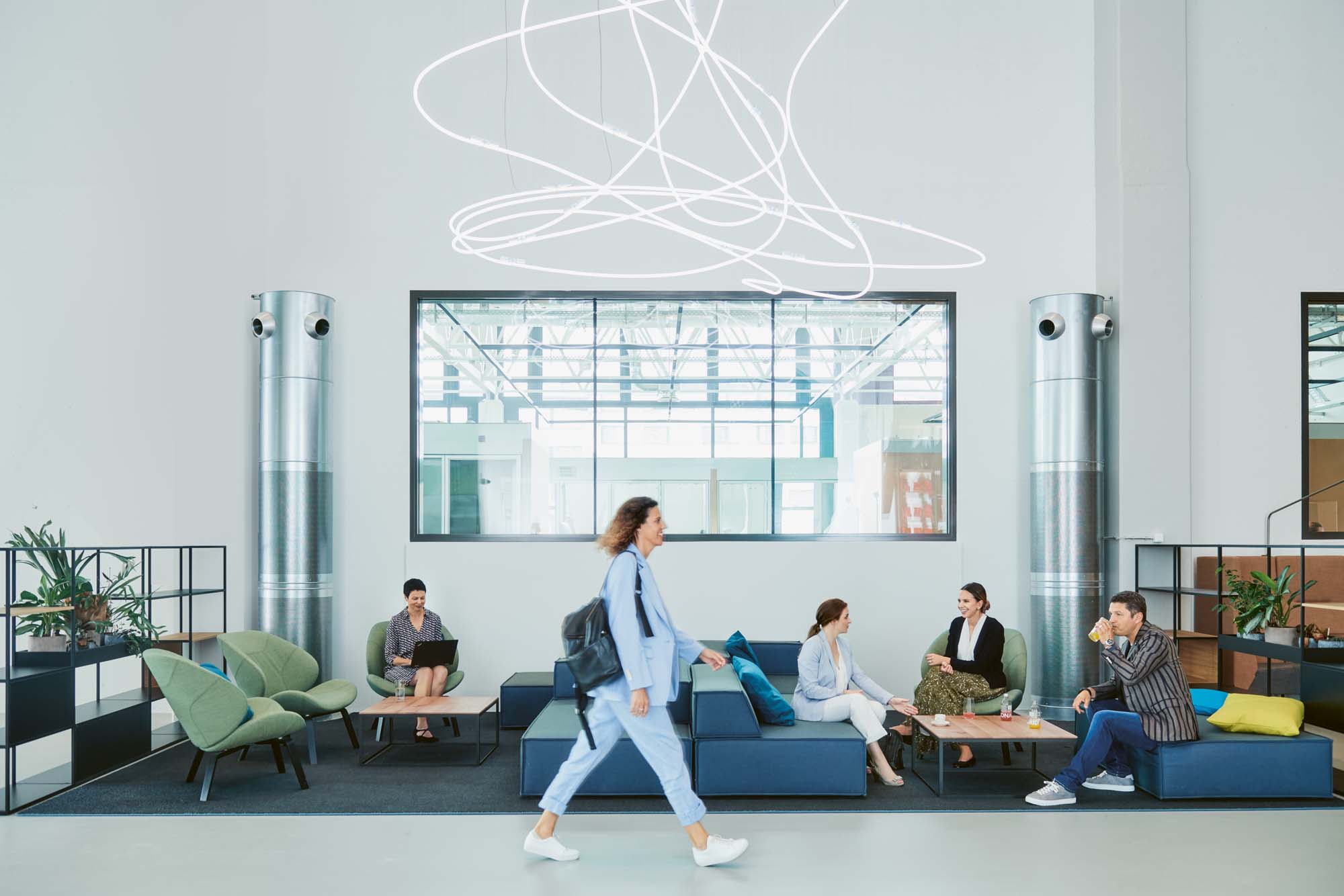
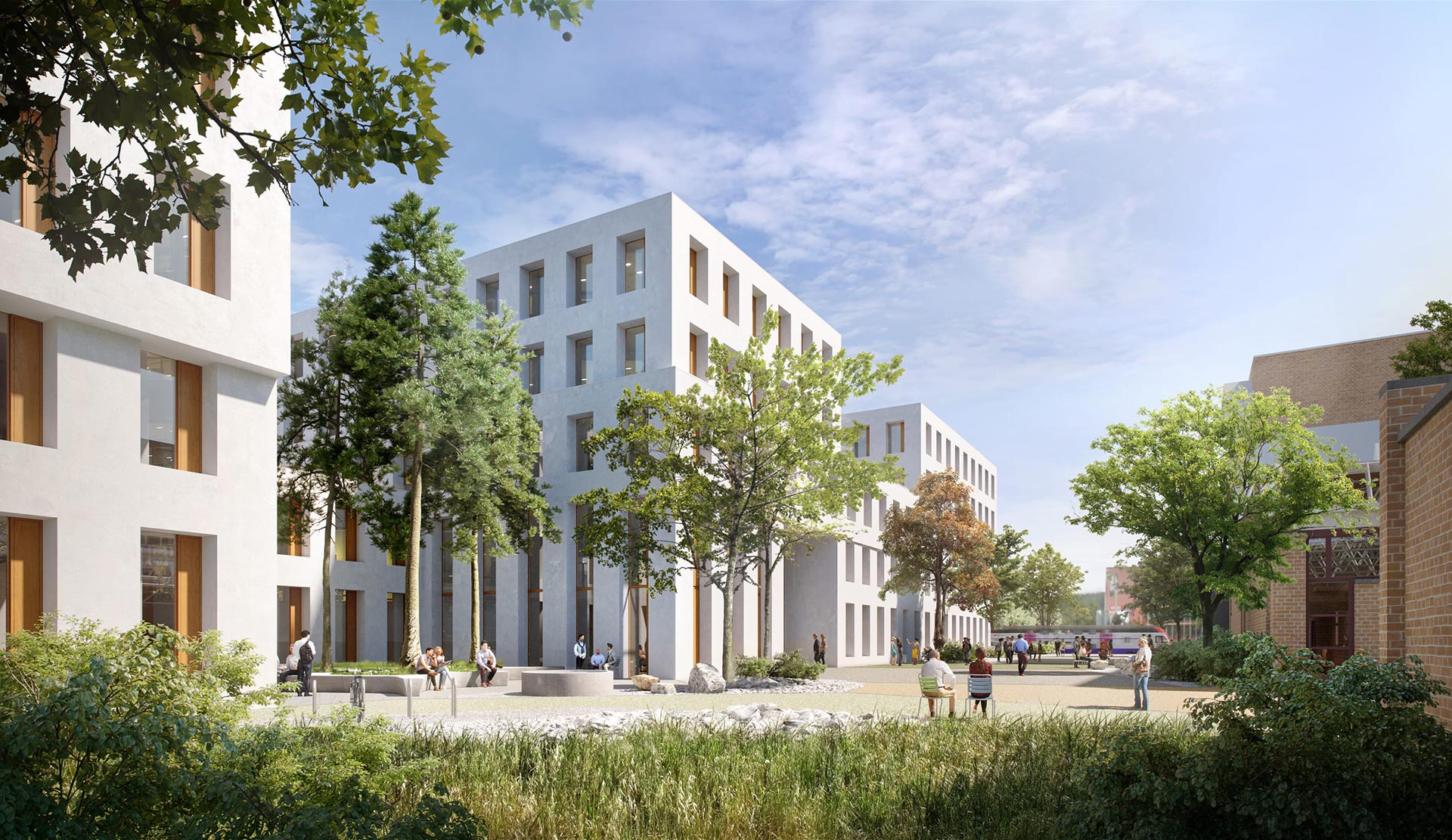

![[Translate to Englisch:] [Translate to Englisch:]](/fileadmin/user_upload/redakteure/gruppe/online-gb/2019/bilder/PrimeTower_Zurich_BBPH_HD-9.jpg)
